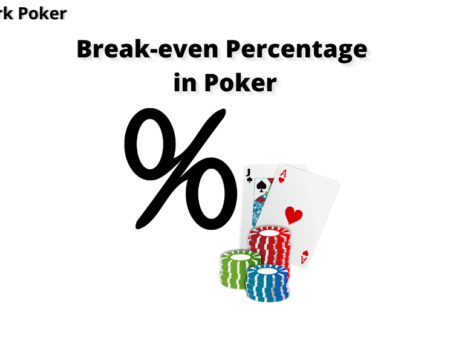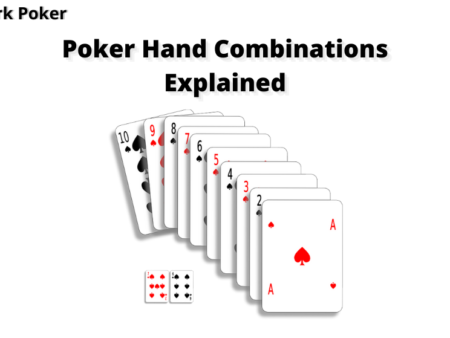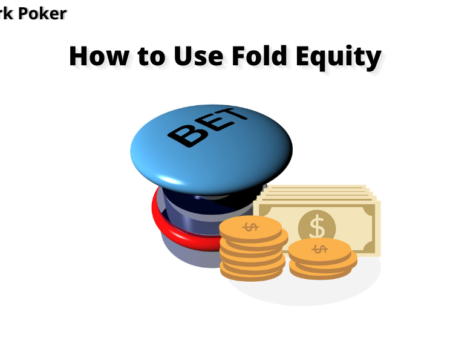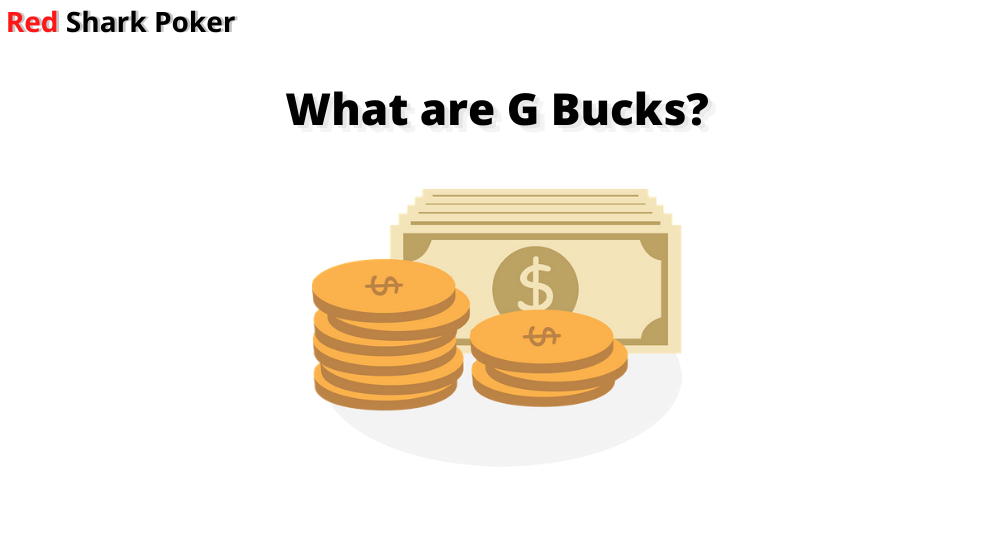
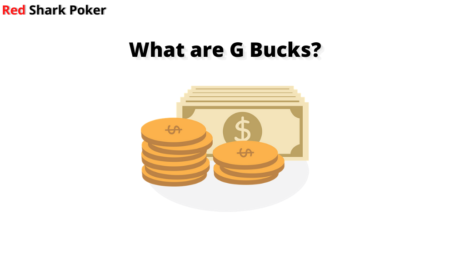
G bucks is an extended concept of Sklansky Dollars where you evaluate your expected value by comparing the equity of your range against your opponent’s hand. In Sklansky Dollars, you compare your hand vs your opponent’s hand. While in G bucks, you compare your hand range vs your opponent’s hand. This gives better perspective as you often play with your perceived range of hands according to your playing style and position. It also gives insight on your opponent playing style to know if he is making a profitable play against your hand range.
If you don’t know what Sklansky Dollars are, we suggest you read this: Sklansky Dollars Explained.
What are G Bucks in Poker?
G bucks or Galfond Buck was coined by an American professional poker player Phil Galfond. He has won three WSOP bracelets so far and has won multiple poker championships. He is also a poker coach and runs a poker site Runitonce.eu and a poker training site Runitonce.com.
In G bucks, you can find out the estimate of how much money you are likely to win or lose when you compare the equity of your hand range against your opponent’s specific hand at the current point of play. The G bucks have no real value and are used for post-game analysis to know how much money you could win or lose depending on your hand range. Galfold has explained the concept in detail in his article on ESPN.com. The concept can be difficult to understand for first-time readers. We will try to explain G Bucks in poker in the simplest possible way.
Read the Full Article on ESPN: G Bucks
How to Calculate G Bucks in Poker?
The formula to calculate Gbucks in poker is similar to Sklansky Dollars. The formula is as follows:
G Bucks = [ (Final Pot Size) X (Equity of Your Hand Range) ] – Last Call Amount
Let’s look at an example to calculate the G bucks. Alert! This might get complicated but read each step carefully, and you will understand the concept of G bucks in poker.
You are playing a very tight-aggressive style in a 6-max game with a stack of $1000. Your all-in shove has a very tight range of hands – AA, KK, QQ, JJ and TT. You are dealt T♥ T♠, which falls within your all-in range and decide to shove. Another tight-aggressive player calls. You have a good read on your opponent and are quite sure that he is holding AK suited.
Find the Equity of Your Hand Range
Follow the steps below to find the equity of your range.
Step 1: Find the Equity of Each Hand in Your Range Vs Opponent’s Hand
You have AA, KK, QQ, JJ and TT in your range. Use an Equity Calculator like Equilab to calculate each hand of your range vs AKs (Opponent’s Hand). If you don’t know how to find equity, read this: How to Calculate Equity in Poker?
AA vs AKs: 87.6%
KK vs AKs: 65.89%
QQ vs AKs: 53.95%
JJ vs AKs: 54.04%
TT vs AKs: 54.06%
Step 2: Multiply the Equity by the Hand Combinations
AA, KK, QQ, JJ and TT have six combinations each. For example, there are six combinations of pocket aces – A♥A♦, A♠A♣ A♥A♠, A♥A♣ A♦A♠, A♦A♣.
AA vs AKs: 0.88 X 6 = 5.28
KK vs AKs: 0.66 X 6 = 3.96
QQ vs AKs: 0.54 X 6 = 3.24
JJ vs AKs: 0.54 X 6 = 3.24
TT vs AKs: 0.54 X 6 = 3.24
Step 3: Add the Numbers
5.28 + 3.96 + 3.24 + 3.24 + 3.24
= 18.96
Step 4: Divide the Result by the Total Number of Hand Combinations
You have a total of 30 hand combinations (5 hands X 6 Combo Each).
19.02/30
= 0.634
Step 5: Convert into Percentage
0.634 X 100
= 63.2%
So, your range has 63.2% Equity.
Find the GBucks
Let put the numbers together.
Final Pot Size = $2000
Last Call Amount = $1000
Equity of Your Hand Range = 63.2%
G Bucks = [ (Final Pot Size) X (Equity of Your Hand Range) ] – Last Call Amount
= [ (2000 x 0.632) ] – 1000
= 1264 – 1000
= 264
So, you have +$264 G Bucks.
If you look at Sklansky Dollars, you have +$80. However, you get a lot more with G bucks as you are plugging in the equity of your range.
Importance of G Bucks in Poker
Although it is impossible to calculate G bucks in real-time, this concept is mostly used in post-game analysis. You never play with the hand you hold; you always play with your range. If you represent your range according to your position and playing style against an opponent’s particular hand, you can expect a positive EV when played with optimal strategies. G Bucks show you that your range gives you more EV than your specific hand vs your opponent’s hand. There can be many situations where you can specifically point out whether your opponent has connected with the board. When you pinpoint the exact hand, your range can help you to bluff and beat your opponent’s stronger hand.

